SEO On Page Optimization
On Page Optimization
On Page Optimization or On Site Optimization is the process by which a website is optimized and made it easy access for bots to crawl. This will help to increase in ranking on search engine. The optimization done inside a webpage is On Page Optimization. We have to make sure that the quality of the content in the webpage for better ranking. If content is of low quality the ranking will be very low and it will be less visible to the viewers. Focusing keywords has to be added in Title tag, URL, Content of page, Image alt text.
On Page Optimization can be done in two parts head part and body part. Head part consist of title and meta description. Body part consist of content, image and internal links.
Snippet: Summary of an website is known as snippet. A basic snippet contains URL, meta description and title. In mobile we can also see favicon.
On Page Optimization methods are:
1. Title Optimization
Title is an important element in optimization. The main attractions of an web page is its title. These are some important title optimization methods:
- SEO title has to be in 55-60 character and its pixel width is 512.
- No grammar mistake or spelling mistake.
- Don't add non relevant SEO title.
- Space is also considered as a character so we have make sure of the title pixel width exceed or not.
- Unique title has to be given for each page otherwise it will cause keyword cannibalism.
2. Meta Description
Summarized content of an webpage is added in snippet that description is known as meta description. The optimizing method for these are:
- On page its character limit is between 155-160 but in case of post such as blog, article, news its limit is 150 because in post published date is also present there.
- Don't stuff keyword in meta description.
- It has to be attractive and impressive.
- In case of marketing, adding offer in meta description is good option.
- No spelling mistake or grammatical mistakes.
- Its pixel width is about 1024.
Keyword Meta Tag :
<meta name="keyword"content="seo"/>
Robots Meta Tag :
<meta name="robots"content="no index",nofollow/>
This tag helps the bot to crawl the page. If no index is added bot will not crawl. By adding no follow in it the equity will not be shared.
3. Body Section Optimization
H1 tag is important one in the body section. There has to be no spelling or grammatical mistake in it. Only one h1 tag has to be present. When there are more than one h1 tag, bot gets confused and it is saved to sand box. H1 tag has to be relevant and 8 word is its limit. In case of h2 tag only one is enough but in some cases more than one h2 tag is used such as in large article. After h2 tag there are h3 and h4 tag these are also analyzed by google.
4. Content Optimization
Content has to be in simple sentence so the readers can understand easily. Keyword has to be reflected in the first sentence. Content also contain focusing keyword in the first sentence, it also help for meta description. If the content of meta description is poor, google will take the first sentence from the content as meta description. Don't make lengthy sentences.
Keyword density: It is the percentage amount of total words in a page. Google doesn't check the keyword density even though focusing keyword has to be there in 3 or more for rating.
5. Anchor Optimization
Anchor text will fuel up the crawling process. Use of anchor tag add hyper links which will increase the interaction. It will also decrease the bounce rate and also help the google to understand the topic. It also increases the internal navigation. If we add trusted link it will also reflect in our website. Don't add anchor tag to the focusing keyword it will redirect the viewers.
6. Image Optimization
Alt name is used to identify the image for google. Image file name should be related to the image. It should be written by words and use hyphen instead of space. Content related image will help the Google to understand.
<img src="img_object.jpg" alt="object"/>
we have already done a blog on History and Evolution of SEO

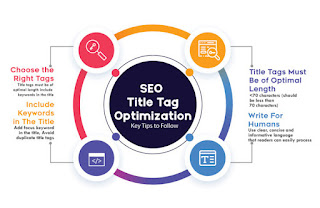
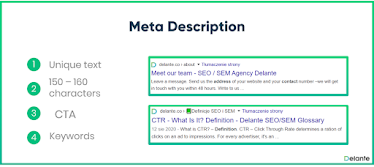
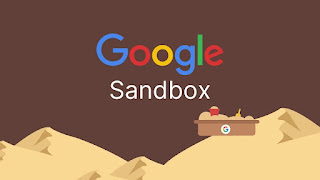
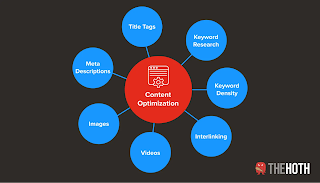

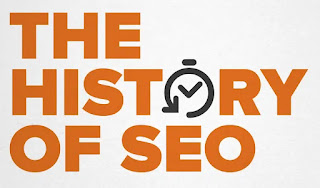

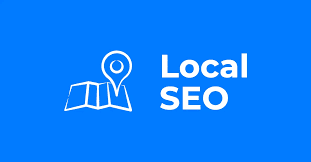
Comments
Post a Comment